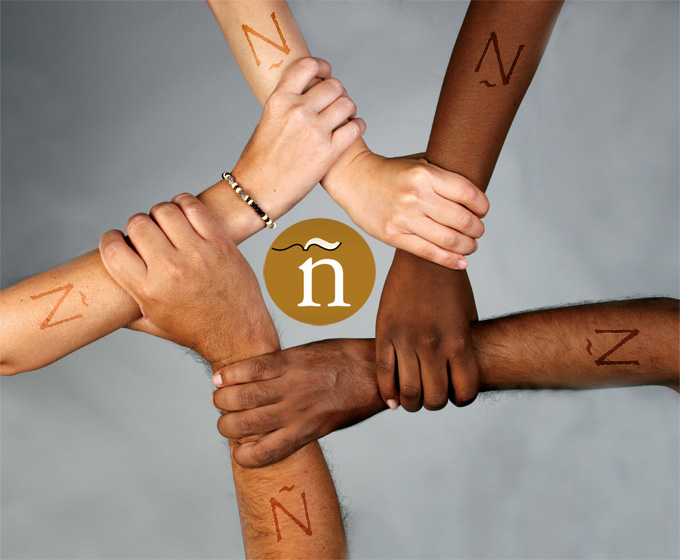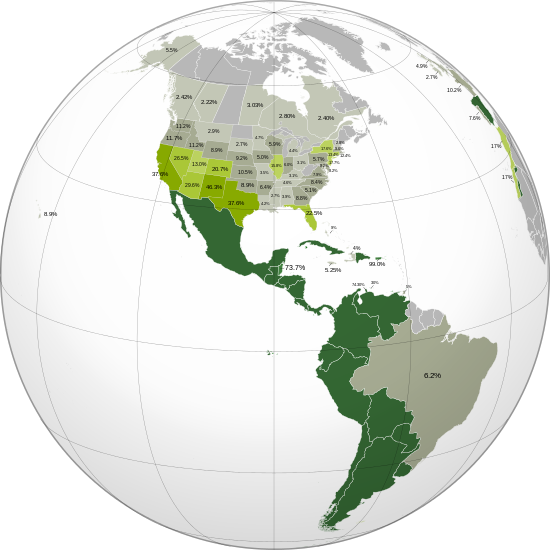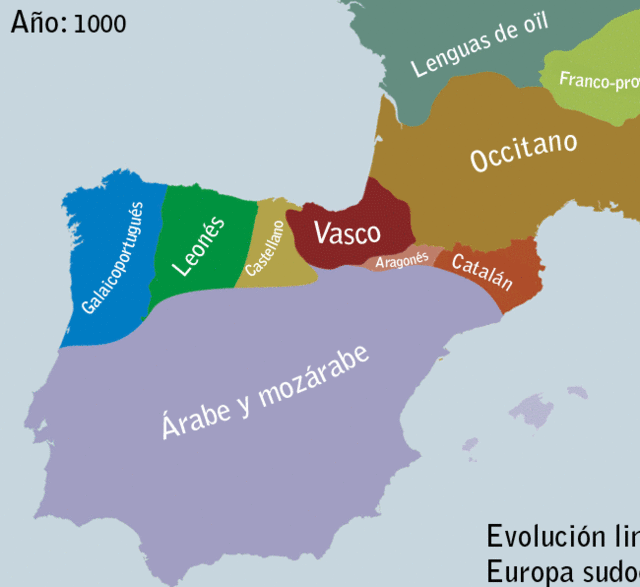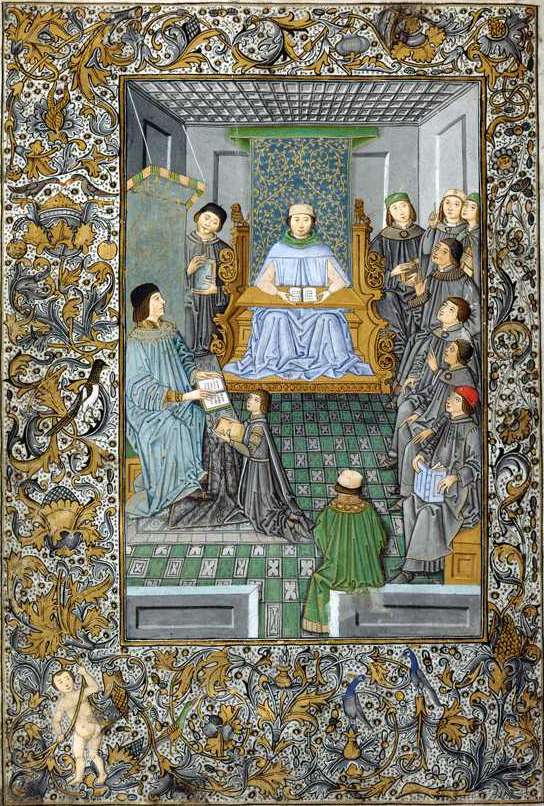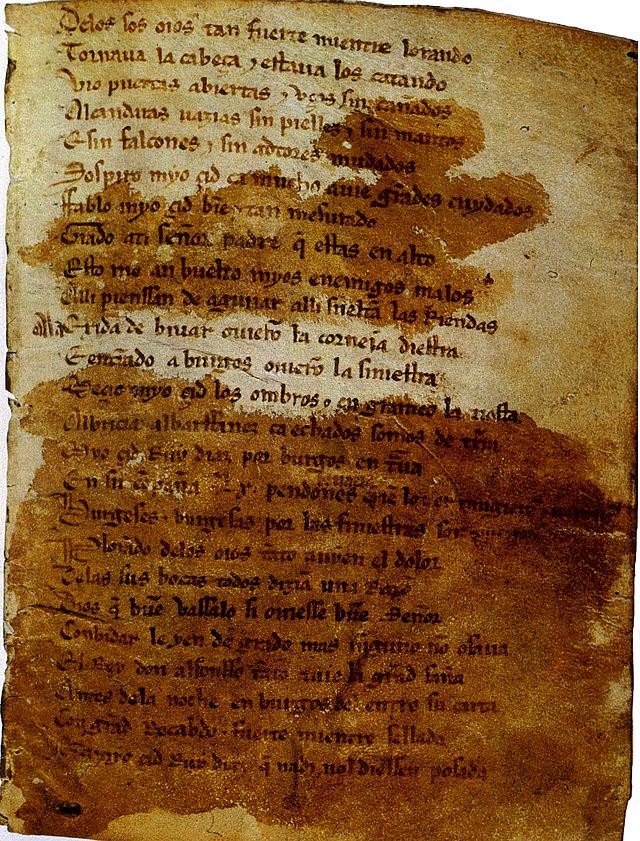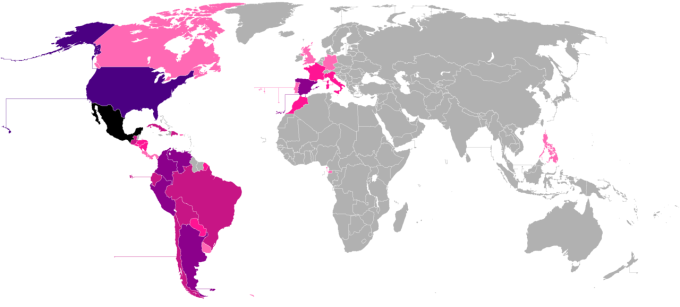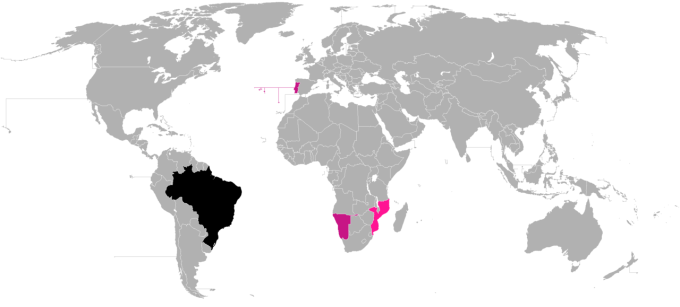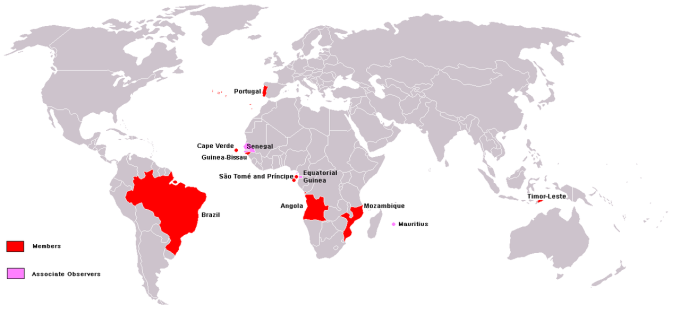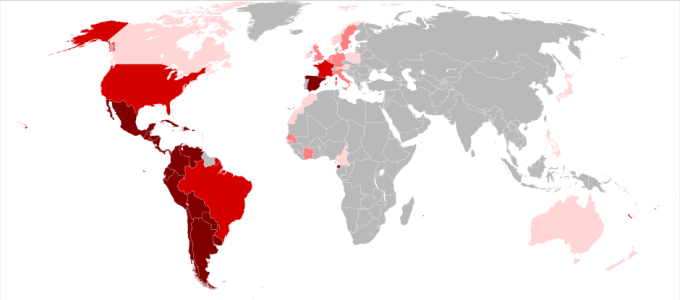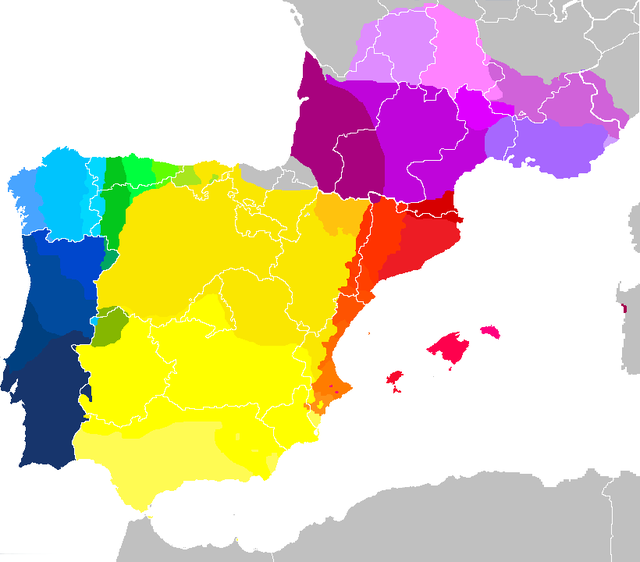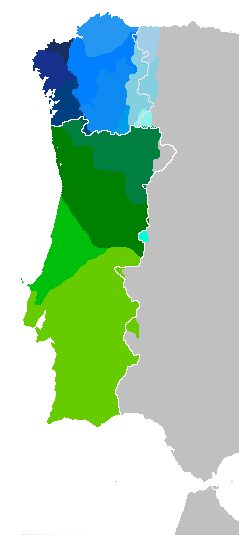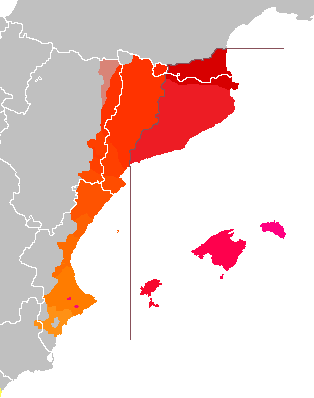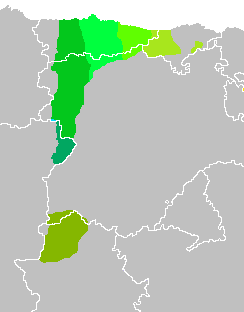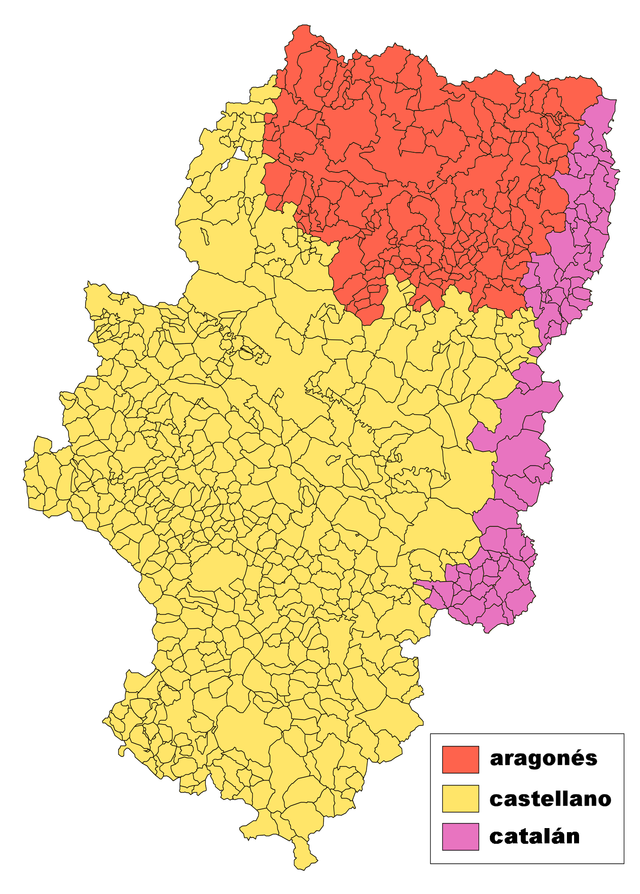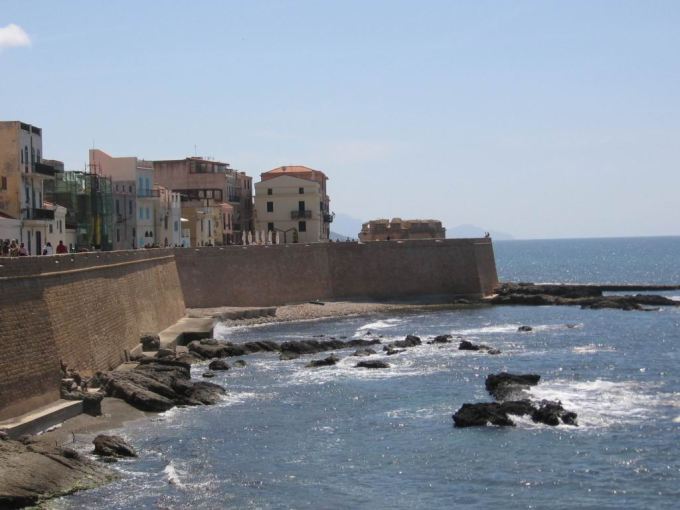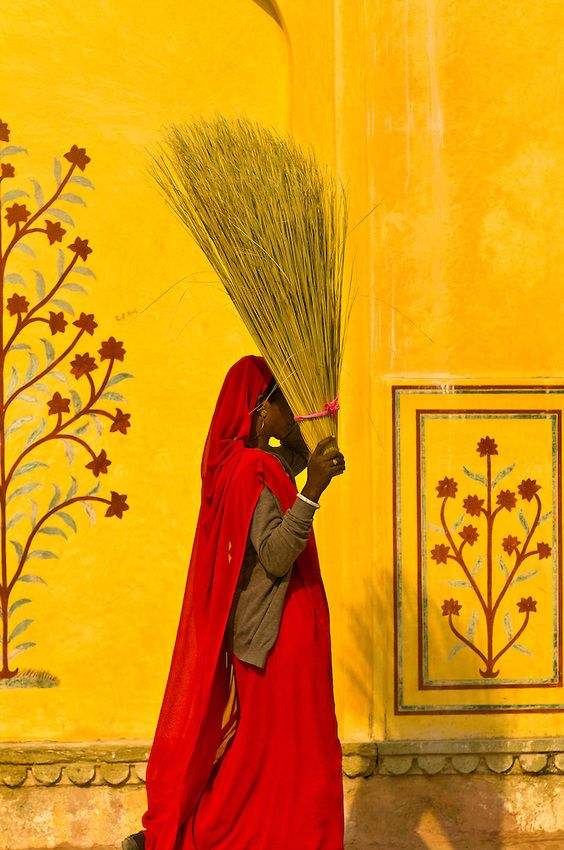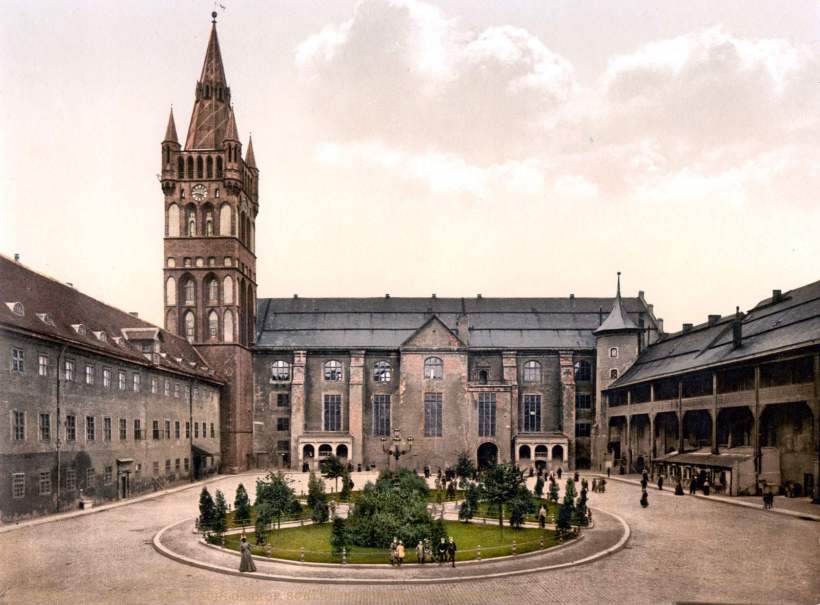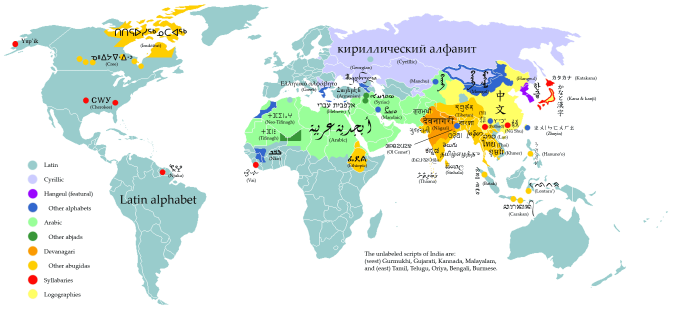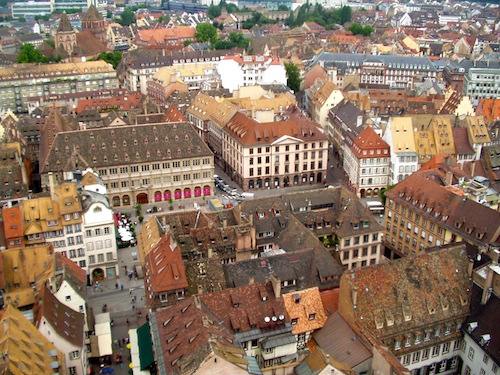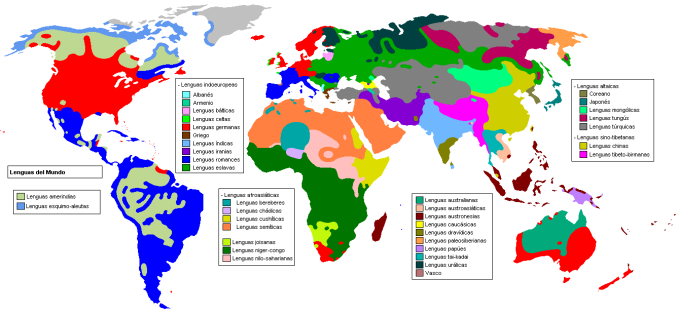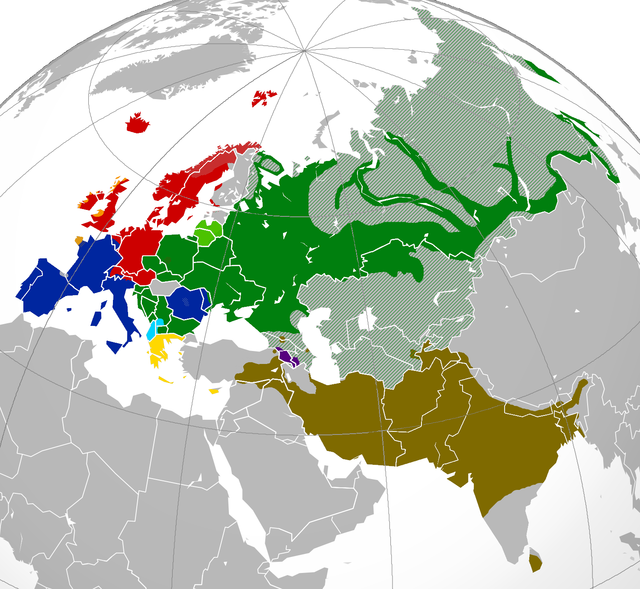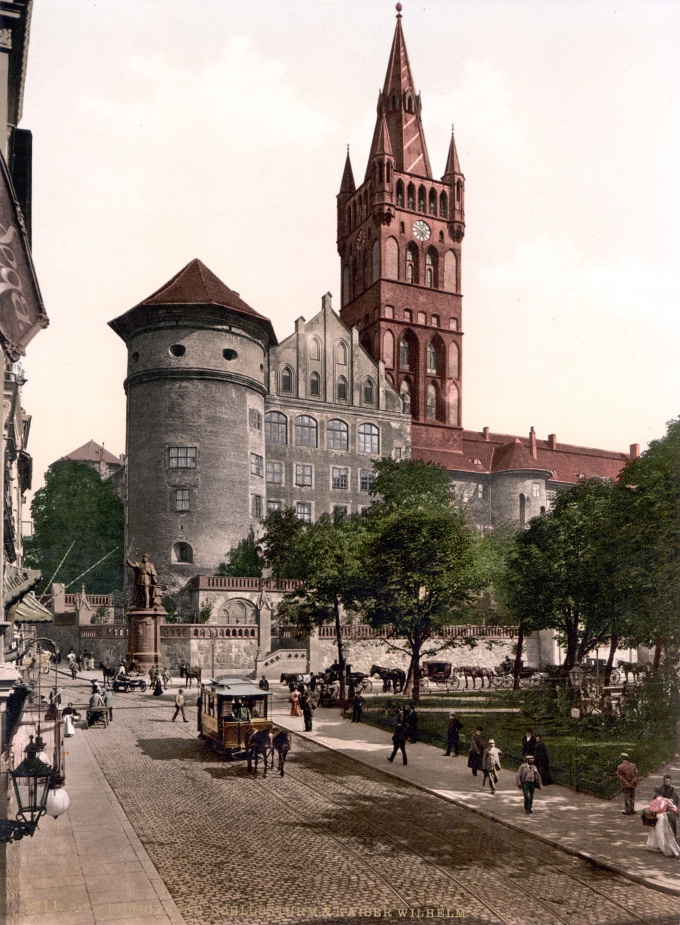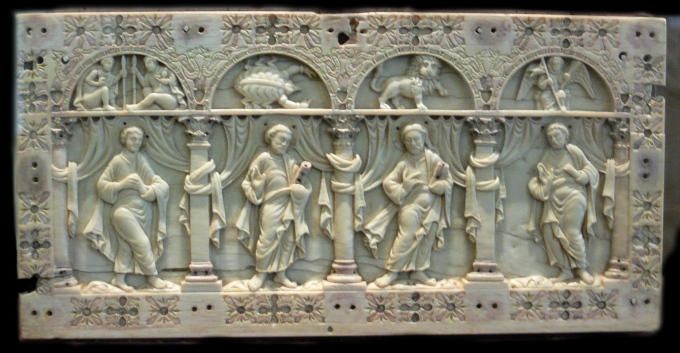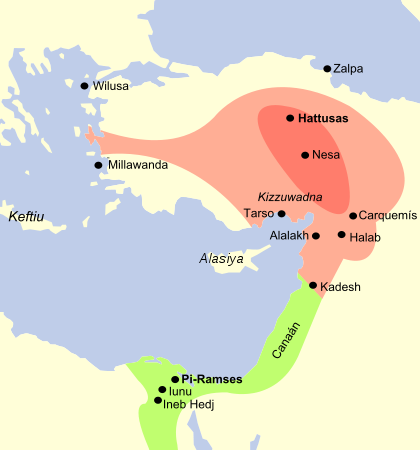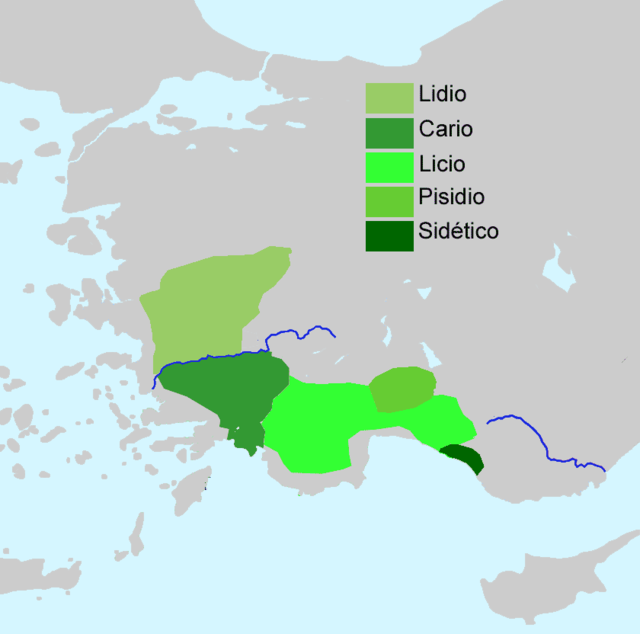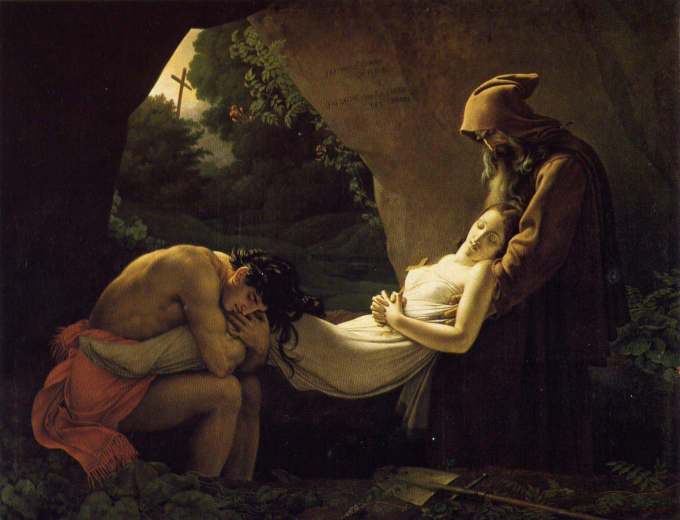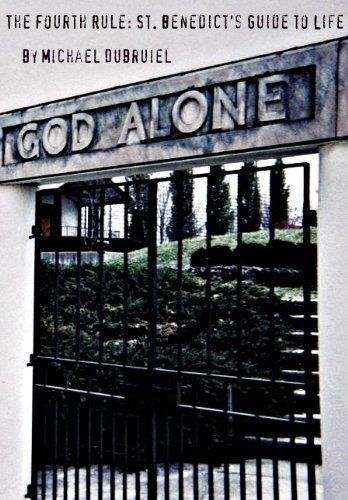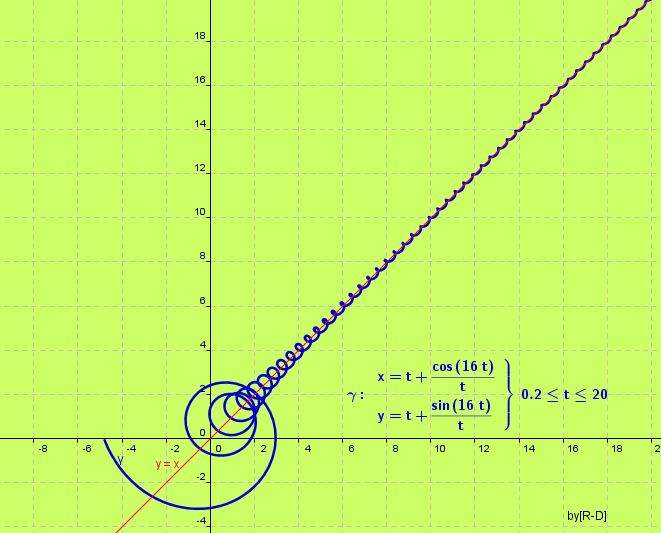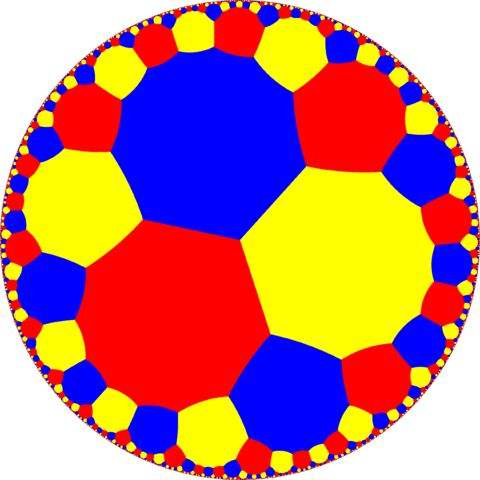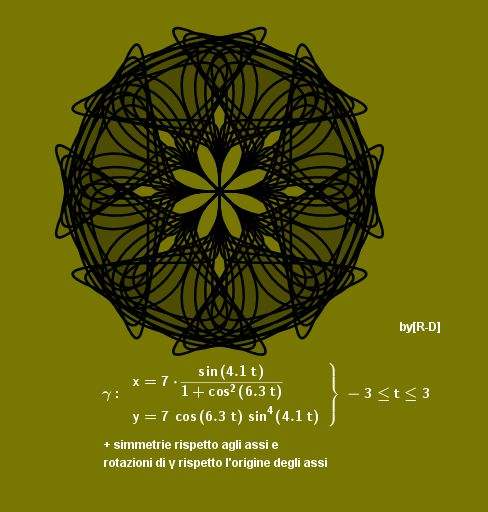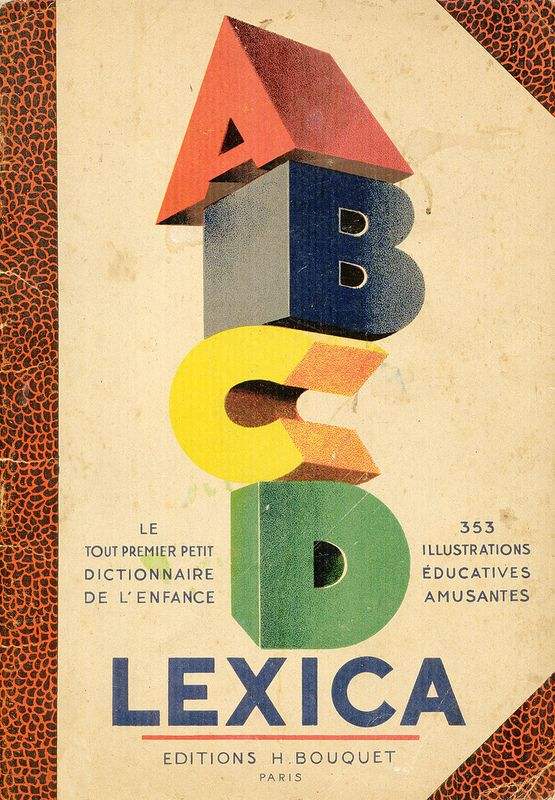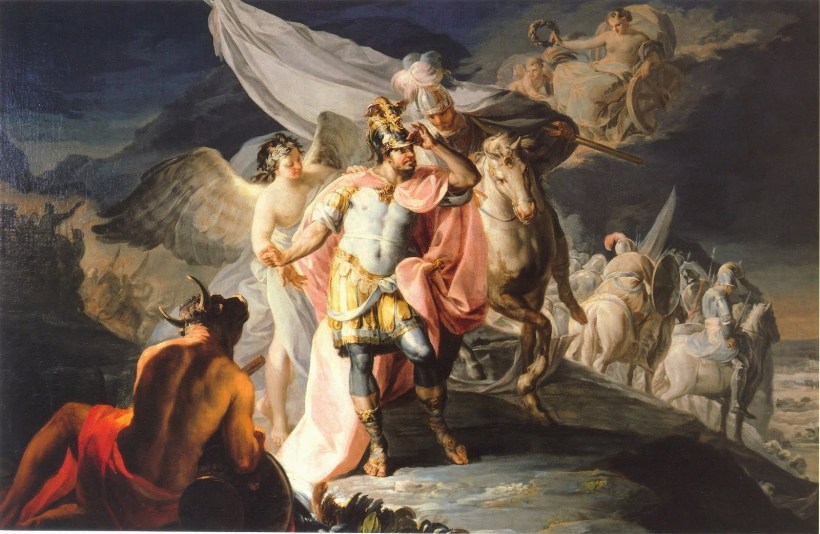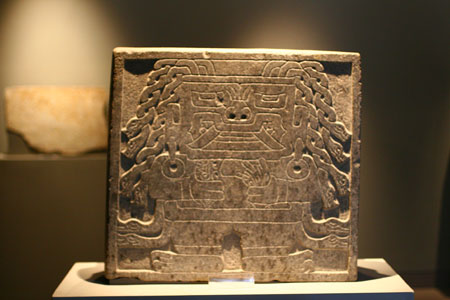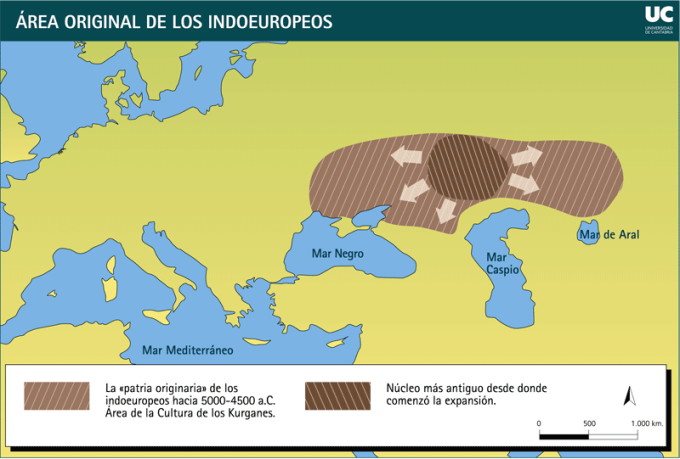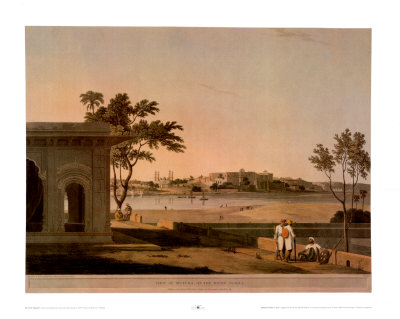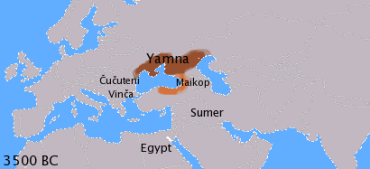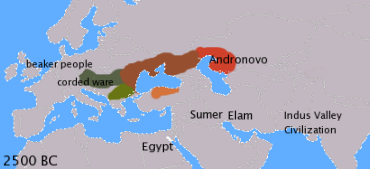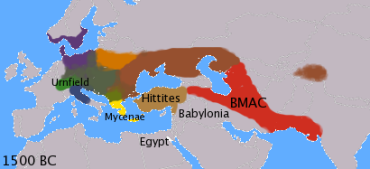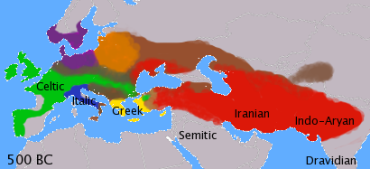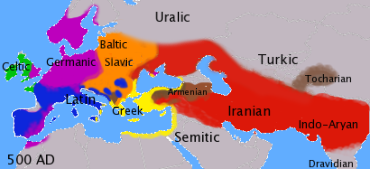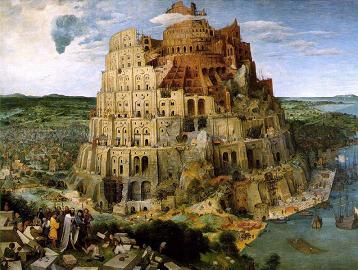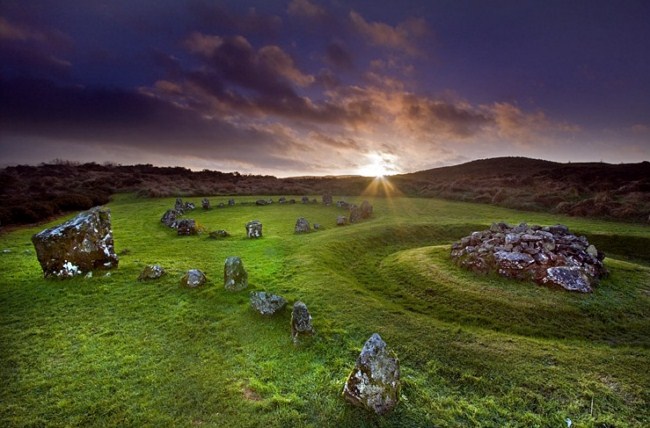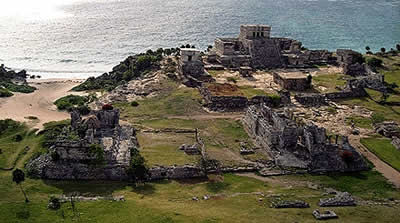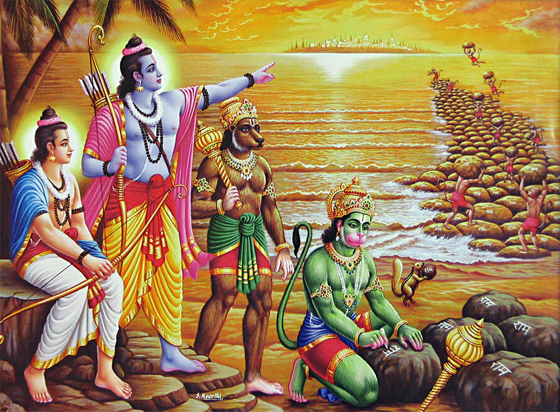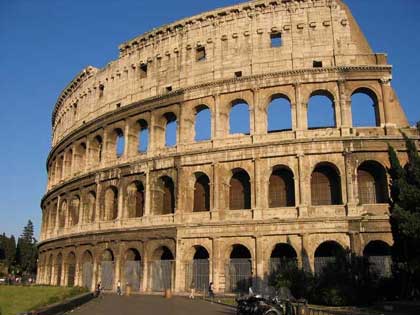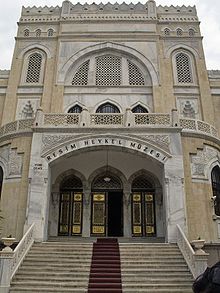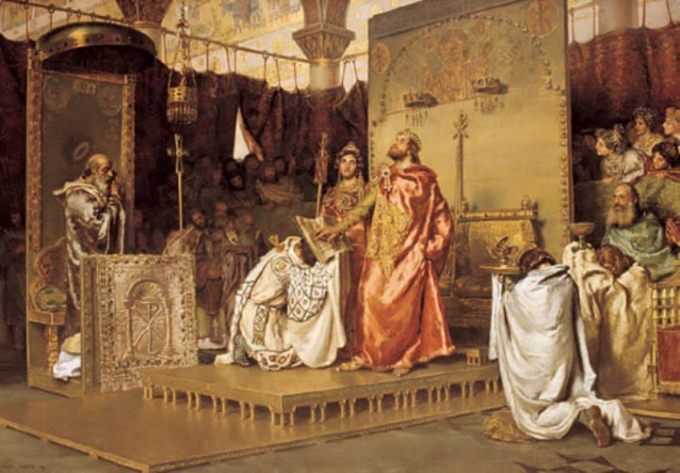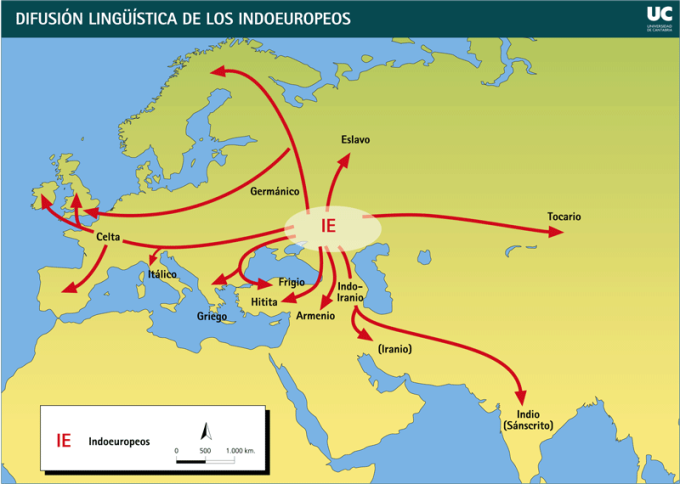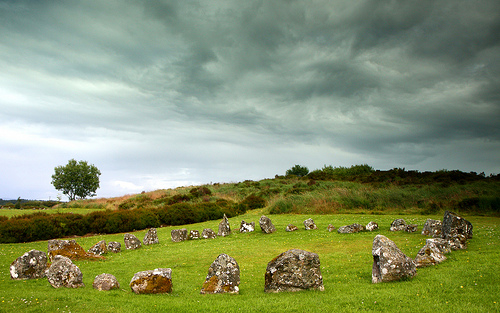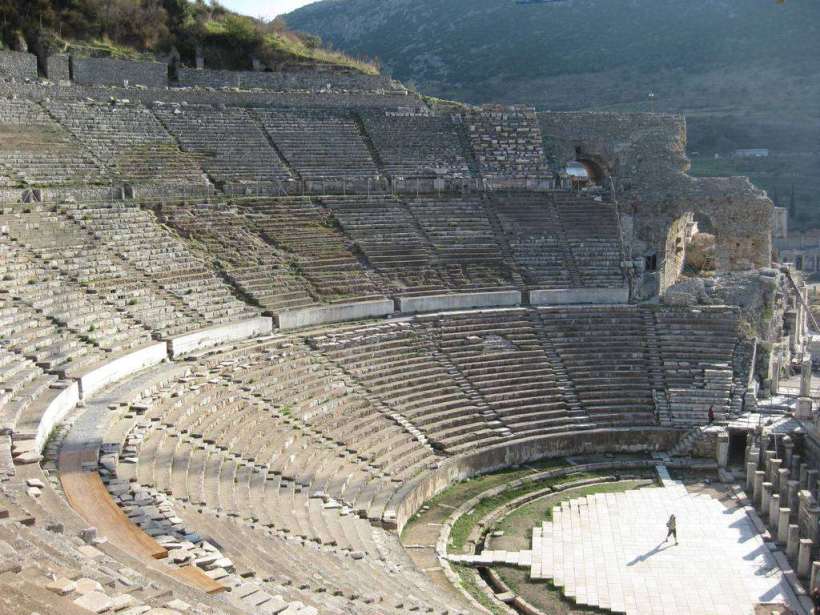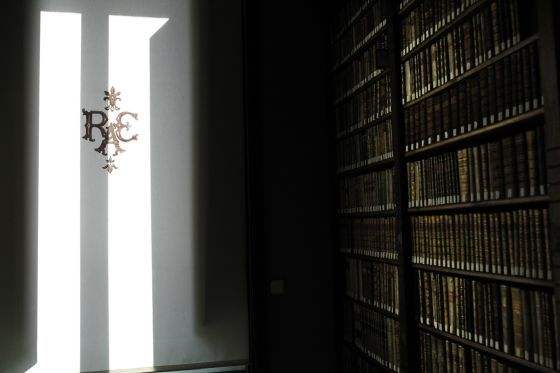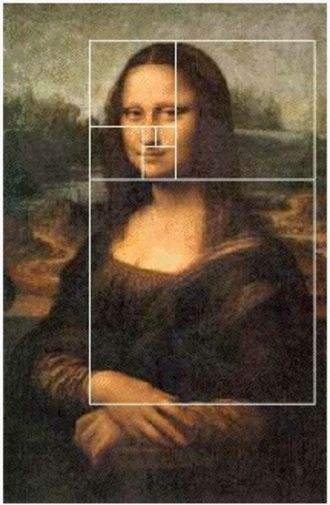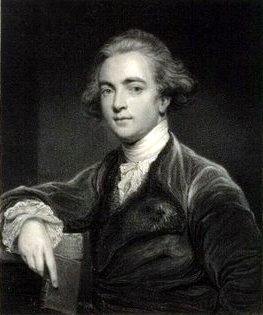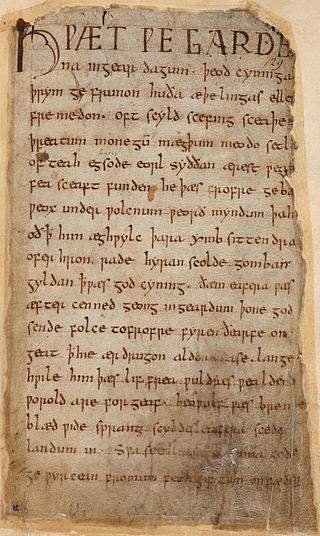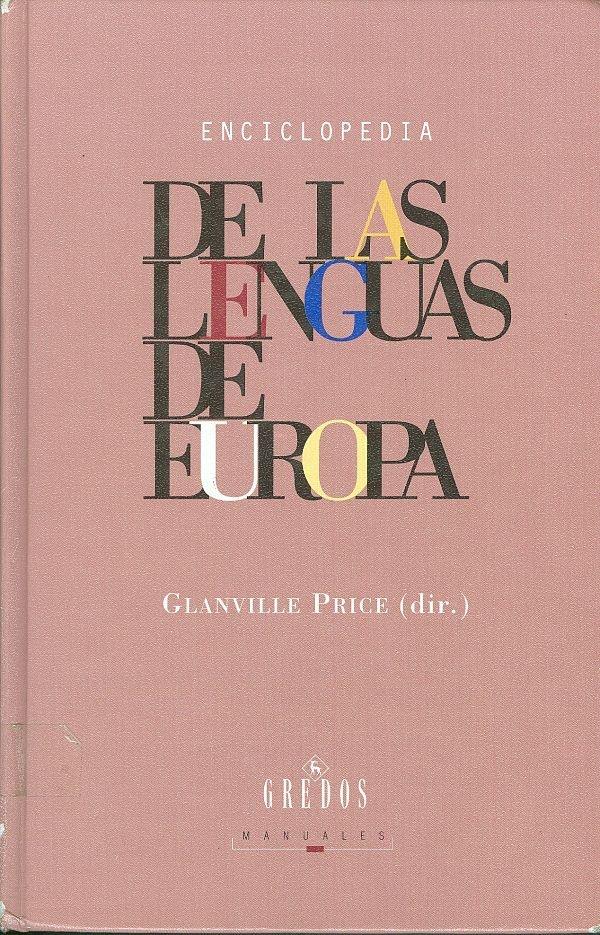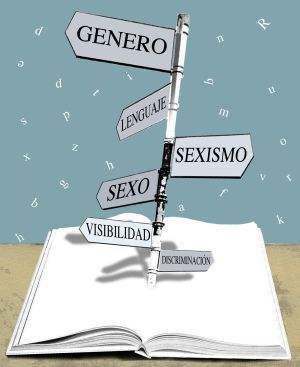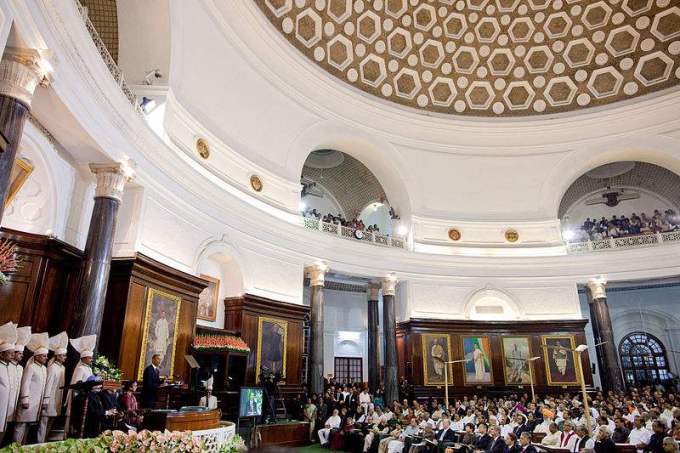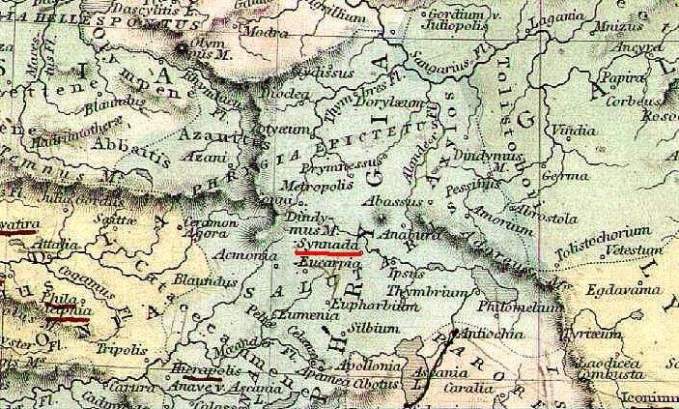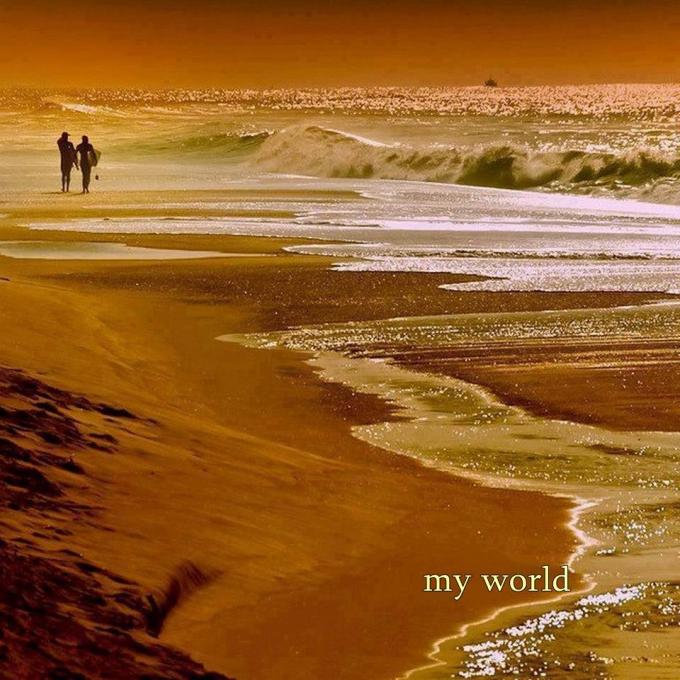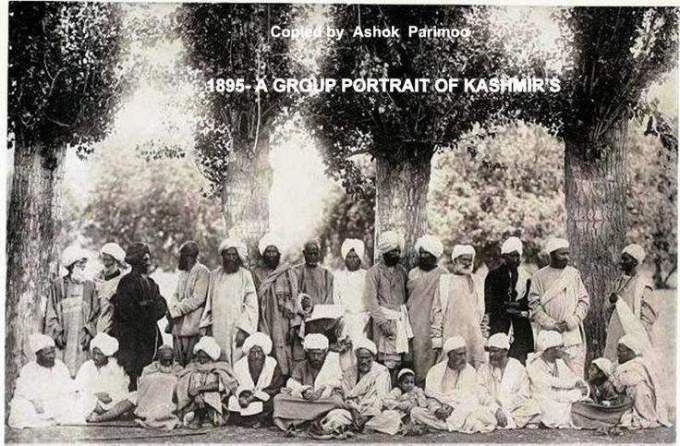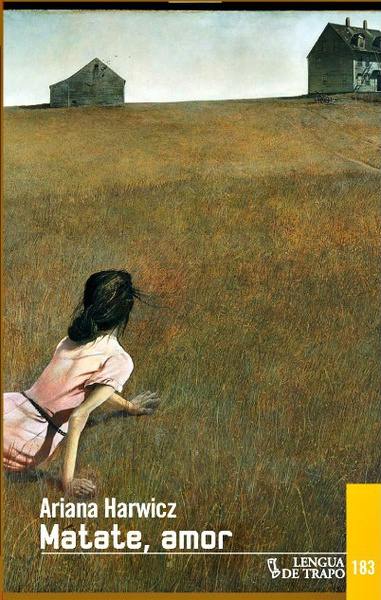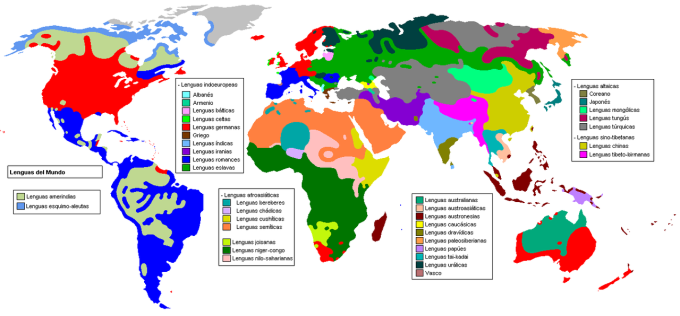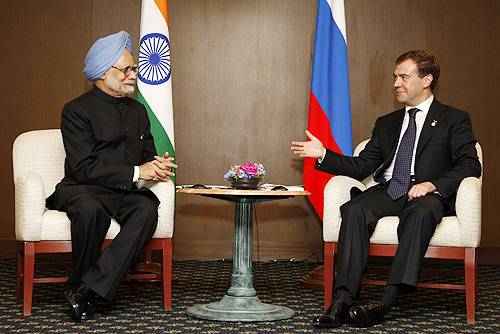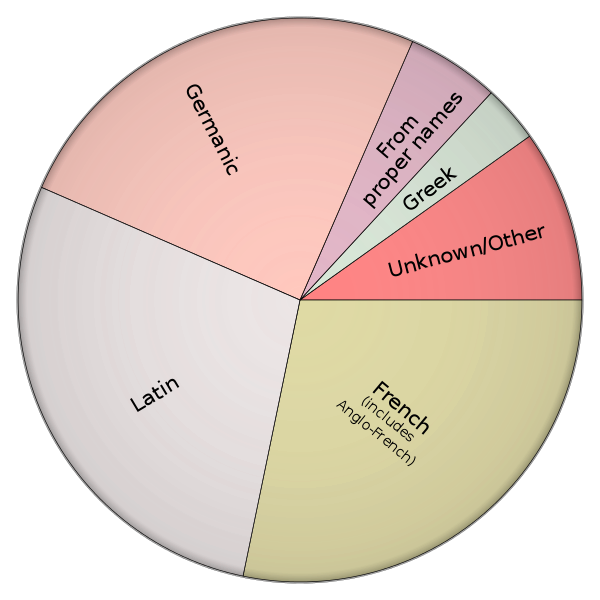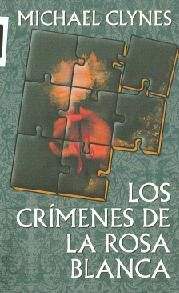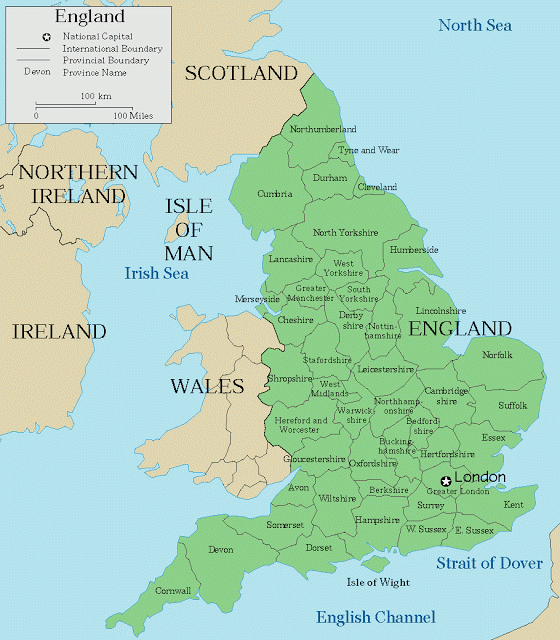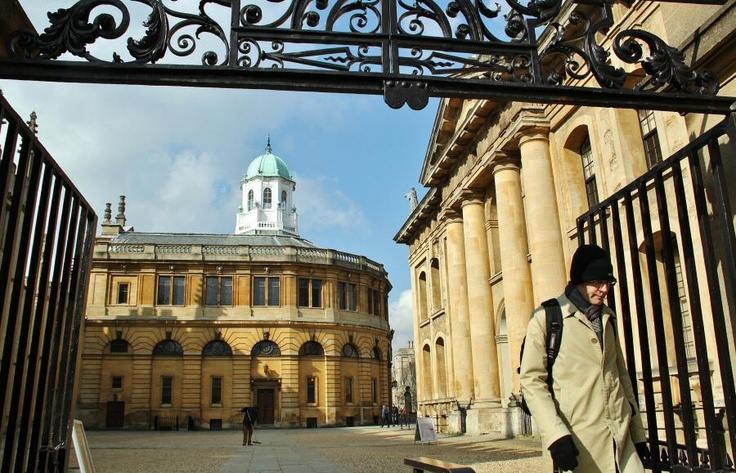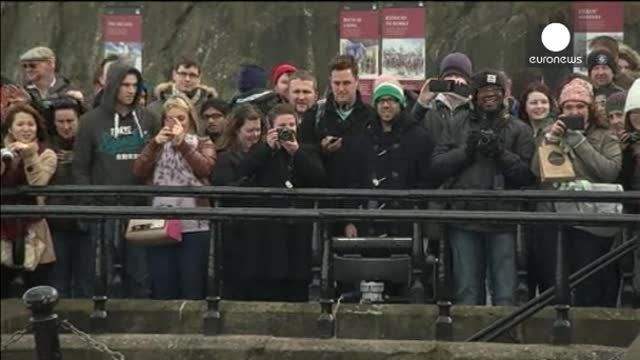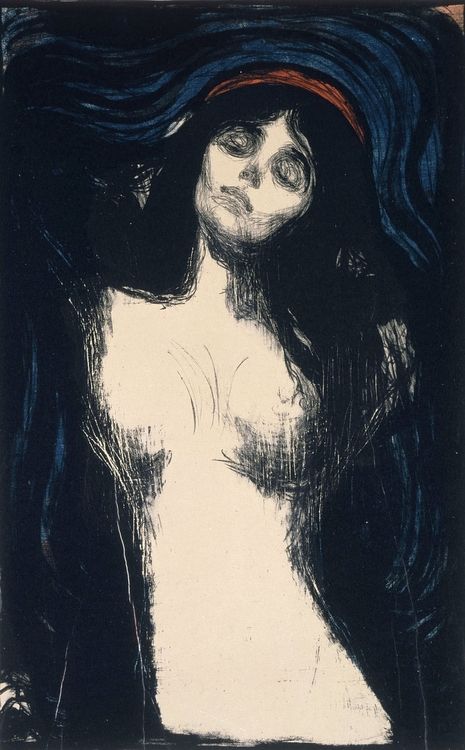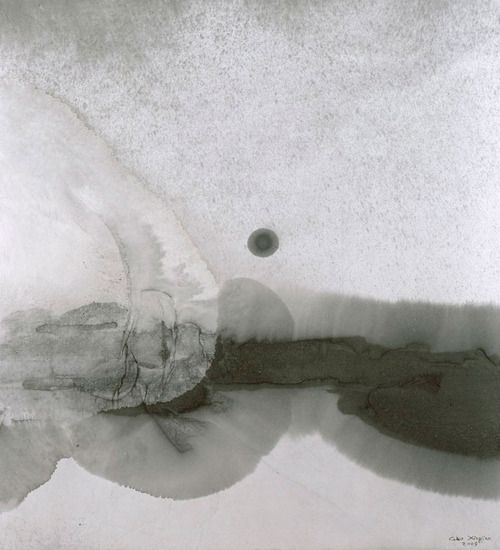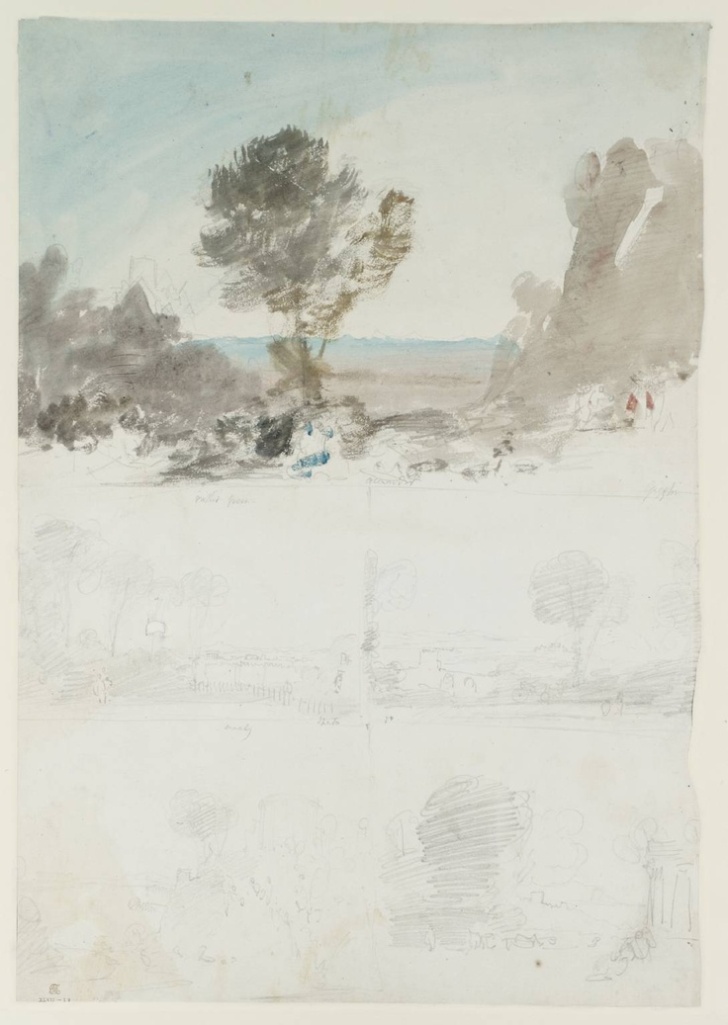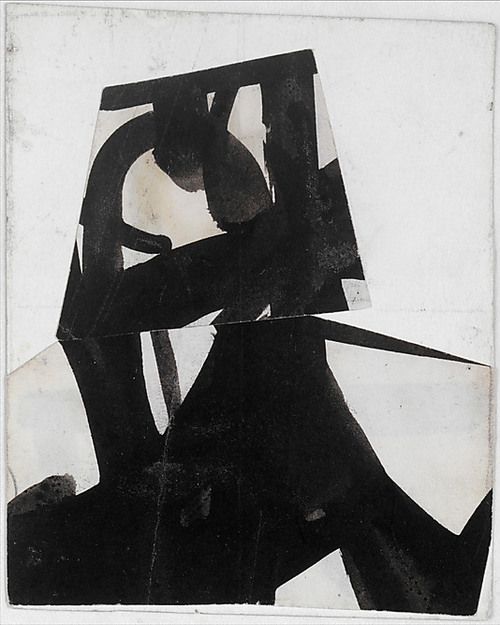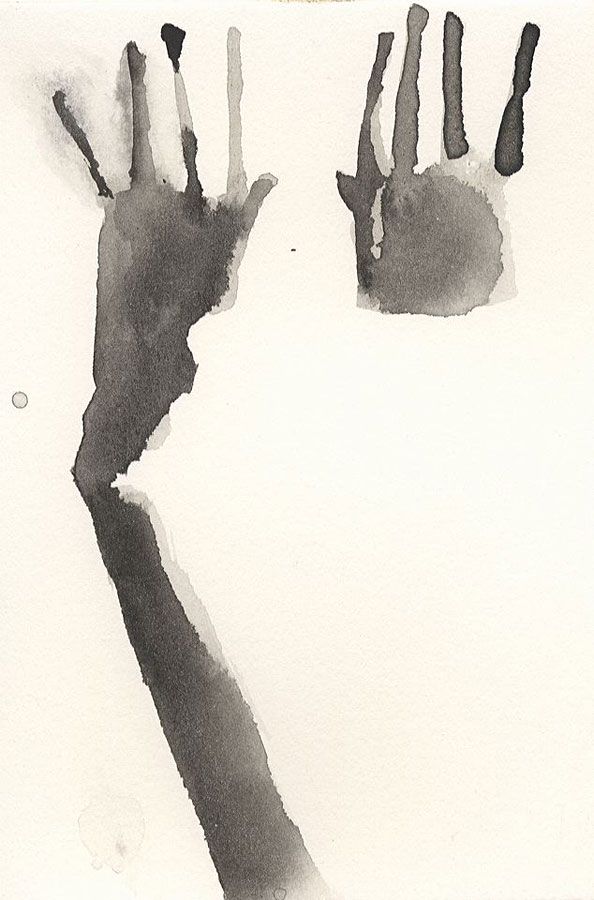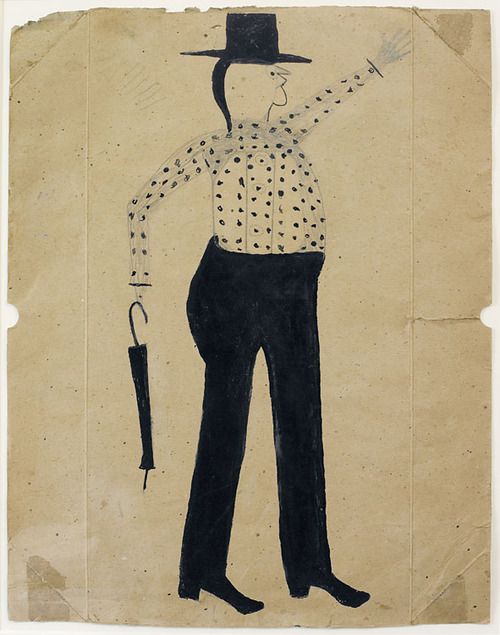El idioma español o castellano es una lengua romance del grupo ibérico, originaria de Castilla, una región histórica de España. Se conoce también como castilla (“hablar en castilla”, “entender castilla”),43 44 45 unamericanismo común en áreas rurales e indígena entre México46 yPatagonia.47 48
Es la segunda lengua del mundo por el número de personas que la tienen como lengua materna, tras el chino mandarín,49 50 51 52con 414 millones de hablantes nativos,20 53 y lo hablan como primera y segunda lengua con dominio nativo 470 millones,19acercándose a los 550 millones de personas si contamos a hablantes con competencia limitada,19 de modo que puede ser considerada la tercera lengua del mundo por el total de hablantes tras el mandarín y el inglés,54 55 56 57 con más de 20 millones de estudiantes,58y la segunda en comunicación internacional tras el inglés.59 El español posee la tercera mayor población alfabetizada del mundo (un 5,47 % del total), siendo la tercera lengua más utilizada para la producción de información en los medios de comunicación,60 y también la tercera lengua con más usuarios de Internet (182 millones, 8 % del total).61
Es hablada en España, Hispanoamérica, el Sáhara Occidental,62 Guinea Ecuatorial17 y en parte de Filipinas,63 64 65 siendo esta laoficial en gran parte de estos territorios. Es uno de los seis idiomas oficiales de la ONU.66Es también idioma oficial en varias de las principales organizaciones político-económicas internacionales (UE,67 UA,68 OEA,69 OEI,70 TLCAN,71Unasur,72 Caricom,73 ACP,74y el Tratado Antártico,75 entre otras) y del ámbito deportivo (FIFA,76 COI,77 IAAF,78 etc.).
El español, como las otras lenguas romances, es una continuación moderna del latín hablado (denominado latín vulgar), desde elsiglo III, que tras el desmembramiento del Imperio romano fue divergiendo de las otras variantes del latín que se hablaban en las distintas provincias del antiguo Imperio, dando lugar mediante una lenta evolución a las distintaslenguas romances. Debido a su propagación por América, el español es, con diferencia, la lengua romance que ha logrado mayor difusión.
Nombre de la lengua
Etimología
Según la Real Academia Española, la palabra español procede del provenzal espaignol, y éste del latín medieval Hispaniolus , que significade Hispania (España‘)’.79
La forma latina HĬSPĀNĬOLUS procede de la denominación latina de la provincia de HĬSPĀNĬA que incluía a la Península Ibérica, más bien, de su forma ultracorrecta.80 Cabe recordar que en latín tardío no se pronunciaba la /H/ La abertura de la /Ĭ/ latina breve en /e/ habría dado por tanto en proto-romance: ESPAŇOL(U).
Otra hipótesis sostiene que español procede del occitano espaignon.81Menéndez Pidal ofrece otra explicación etimológica: el clásico hispanus ohispánicus tomó en latín vulgar el sufijo -one (como en borgoñón, bretón, frisón, lapón, sajón, etc.) y de*hispanione se pasó en castellano antiguo aespañón, “luego disimilando las dos nasales se llegó a español, con la terminación -ol, que no se usa para significar naciones”.82
La otra denominación, castellano, procede del latín castellanus, que significa de Castilla, reino medieval situado en la parte central de la península ibérica y origen de esta lengua.83
__________________________………………………….========================
Spanish Language
The Spanish language or Castilian is a Romance language of the Iberian group , originally from Castile a historic region of Spain . It is also known as Castile (“Castilla speak”, “understand Castile”), 43 44 45 an Americanismcommon in rural and indigenous areas between Mexico 46 and Patagonia .47 48
It is the second language in the world by the number of people who have it as first language , after Mandarin Chinese , 49 50 51 52with 414 million native speakers, 20 53 and speak it as a first and second language with native domain 470 million, 19 approaching 550 million people if you count speakers with limited proficiency, 19 so that it can be considered the third language in the world by total speakers after Mandarin and English , 54 5556 57 with more than 20 million students, 58 and the second ininternational communication after English. 59 The Spanish literacy has the third largest population in the world (5.47% of total), the third most used language for the production of information in the media , 60 and the third language with more users Internet (182 million, 8% of the total). 61
It is spoken in Spain , Latin America , the Western Sahara , 62 Equatorial Guinea 17 and part of Philippines , 63 64 65 being the officialin many of these territories. It is one of the six official languages of the UN . 66 is also an official language in several major international political and economic organizations ( EU , 67 UA , 68 OAS , 69 OEI , 70 NAFTA , 71 Unasur , 72Caricom , 73 ACP , 74and the Antarctic Treaty , 75 among others) and field sports ( FIFA , 76 IOC , 77 IAAF , 78 etc.).
The Spanish, like the other Romance languages , is a modern continuation of spoken Latin (called Vulgar Latin ), from the third century , that after the dismemberment of the Roman Empire was diverging from the other variants from the Latin spoken in the various provinces Old Kingdom, leading by a slow evolution to the variousRomance languages . Due to its spread in America, Spanish is by far the Romance language that has achieved more widespread.
Name of the language
Etymology
According to the Royal Spanish Academy, the word Spanish comes from the Provençal espaignol , and this medieval LatinHispaniolus , meaning of Hispania ( Spain ‘).’ 79
The Latin form HĬSPĀNĬOLUS comes from the Latin name of the province ofHispania including the Iberian Peninsula , rather, its formultracorrecta . 80Recall that in the late Latin / no pronounced H / The opening of the / i / latina in short / e / would have given both proto-romance: Spanish (U) .
Another hypothesis holds that Spanish comes from Occitan espaignon . 81Menéndez Pidal offers another etymological explanation: the classichispanus or HISPANICUS took Vulgar Latin suffix -one (as in Burgundy, Breton, Frisian, Lapp, Saxon, etc.) and * hispanione spent in Old Castilian to españón , “then the two nasal disimilando was reached Spanish , with the ending -ol , which is not used to signify nations. ” 82
The other name, Castilian , from the Latin castellanus , meaning ofCastilla , medieval kingdom located in the central part of the Iberian Peninsula and origin of this language. 83
Fuente:


